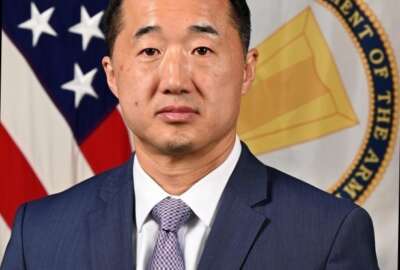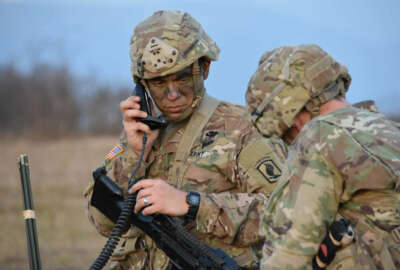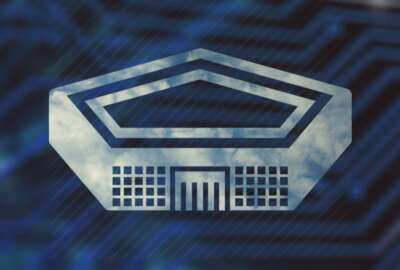Army reorganizes acquisition workforce
In an effort to adapt to modern acquisition policy, the Army is revamping its acquisition workforce.
The Army is overhauling the way it trains and deploys its acquisition workforce in an effort to align with the needs of its future force with a focus on education and management reorganization.
Starting with the Back to Basics (BtB) program a year ago, the Army Acquisition Support Center began the process of remaking its workforce, making changes to everything from job descriptions to required certifications. It also moved towards a smaller, more specialized team as it downsized from 43,000 to 32,000 acquisition professionals.
“We transitioned the Army acquisition workforce to Back to Basics, so that meant that all those position descriptions had to be updated, all the certifications had to be updated, we pretty much changed everything associated with the career files of those individuals,” said Ronald Richardson, Jr., Army director of acquisition career management (DACM) at the May 11 Acquisition Research Symposium in Monterey, California.
The Army billed BtB as a reform program aimed at changing training so acquisition professionals learn core competencies and then get certified in more specialized areas on an as-needed basis. It’s a method of training acquisition professionals promoted by the Defense Acquisition University as a more efficient training path designed to work with an evolving acquisition process.
“My primary responsibility as the DACM is to provide the Army modernization enterprise with that agile adaptive professional acquisition workforce and the leadership and critical thinking — or entrepreneurial thinking, to accelerate delivery and do things better and more quickly,” Richardson said.
New educational options paired with mandatory training make up part of the modernization efforts. Those workers now have required training in topics related to technical education. This year, the Army’s acquisition workforce has a requirement for 14 hours of technical course work done through Udemy, an online course provider.
“Every Army acquisition professional has to complete it this fiscal year. It is basically a digital boot camp, all things AI and data science related,” Richardson said.
For civilian acquisition employees, continuing education includes leadership schools like the Army’s LEAD and IDEAL programs. IDEAL is specifically for GS-12 to GS-13 civilian acquisition employees and LEAD is a two-year leadership program. Richardson said those programs are combined with STEM training and work experience to develop future leaders.
As the Army retrains its acquisition workforce, it also changed how workers are classified in order to focus strictly on those involved with acquisition. Employees in support roles not directly related to acquisition or whose job titles changed were moved to different positions. Richardson said 11,000 employees were moved out of the acquisition workforce to other areas of the Army, with plans to move another 1,800.
“Some of those were career fields that were actually eliminated from the workforce across DoD — facility engineers, as an example. We also took the opportunity within Army to look at the work folks were doing. If they weren’t supporting Army acquisition programs in a program office or a PEO, we looked very hard at removing them from the workforce,” said Richardson.
BtB reorganized the different areas of the acquisition workforce into six functions. Richardson said each of those areas has an colonel or a GS-15 civilian in charge. The areas represent the basics of acquisition, focusing on teams to develop, acquire and sustain operational capability. Each functional area will have its own set of educational requirements.
“This is a new thing. And it’s going to pay us some big dividends. The other services have kind of comparable things, but we’ve really formalized this in the Army, and we’ve aligned it to a function, not an individual,” Richardson said.
The functional areas include business management and cost estimating, contracting, engineering, life cycle logistics, program management, and test and evaluation.
Copyright © 2025 Federal News Network. All rights reserved. This website is not intended for users located within the European Economic Area.
Alexandra Lohr, a former staff member, covered the Defense Department for Federal News Network until September 2023.






